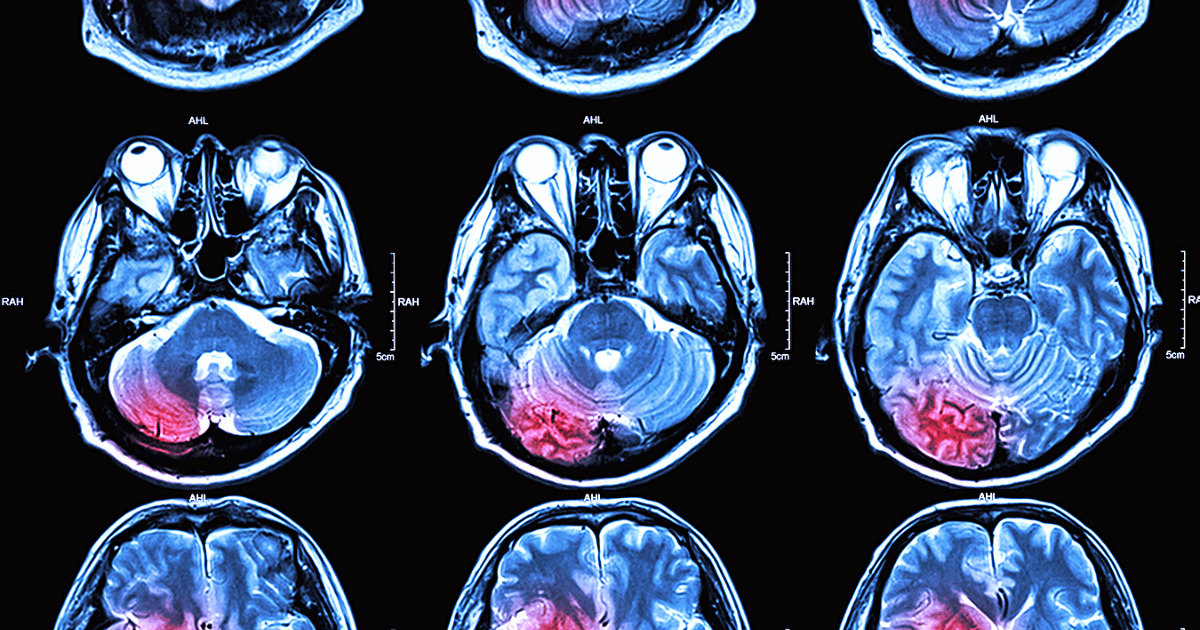Different Types of Strokes
A stroke occurs when there is a blocked or burst blood vessel in the brain, cutting off blood flow. However, not all strokes are the same. The location and type of stroke will impact how a patient is affected, as well as how they are treated. What are the different types of strokes?
Ischemic Stroke
Ischemic strokes are caused by a blockage in the blood vessels to the brain. The blockages in the blood vessels can be caused by a thrombus. A thrombus is a blood clot at the site of a fatty deposit lining the wall of a blood vessel. They may also be caused by an embolus. An embolus is a traveling particle (clot or debris) that is too large to pass through a small blood vessel. This accounts for approximately 87 percent of all strokes. Ischemic strokes are the most common type of stroke.
Hemorrhagic Stroke
Hemorrhagic strokes are caused by a burst or leaking blood vessel in the surrounding brain. Blood accumulates in the surrounding area where the blood vessel burst or ruptured, compressing the brain tissue. There are two types of weakened blood vessels that usually cause hemorrhagic strokes: aneurysms and arteriovenous malformations (AVMs). An aneurysm is a weak area in a blood vessel that usually enlarges. This is sometimes described as a “ballooning” of the blood vessel. AVM is a cluster of abnormally formed blood vessels, any one of which can rupture, causing a bleed in the brain. Hemorrhagic strokes account for approximately 13 percent of all strokes.
Transient ischemic attack (TIA)
A transient ischemic attack is often referred to as a “mini-stroke.” This is caused by a temporary clot. Although TIAs do not cause permanent damage, they may signal a full-blown stroke in the future. Up to 40% of people that have had TIAs will go on to have a stroke.
Other Types of Stroke
Additionally, you may hear of a few other terms used to describe a stroke. A cryptogenic stroke is simply a stroke with an unknown cause. Strokes can also sometimes occur in the brain stem. These strokes can be difficult to diagnose, as they often have more complex symptoms. There are three areas of the brain stem where a stroke may occur: the midbrain, the pons, and the medulla.




